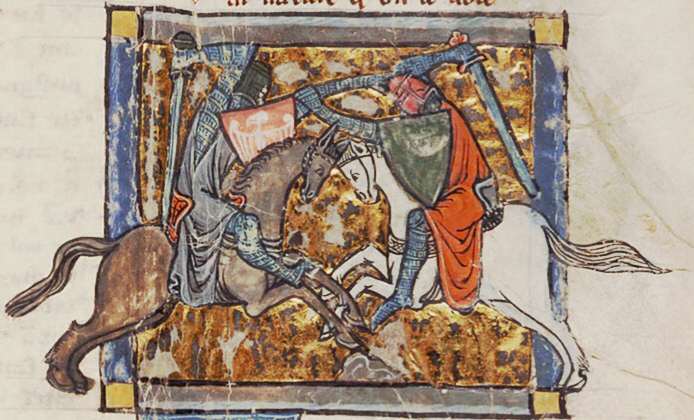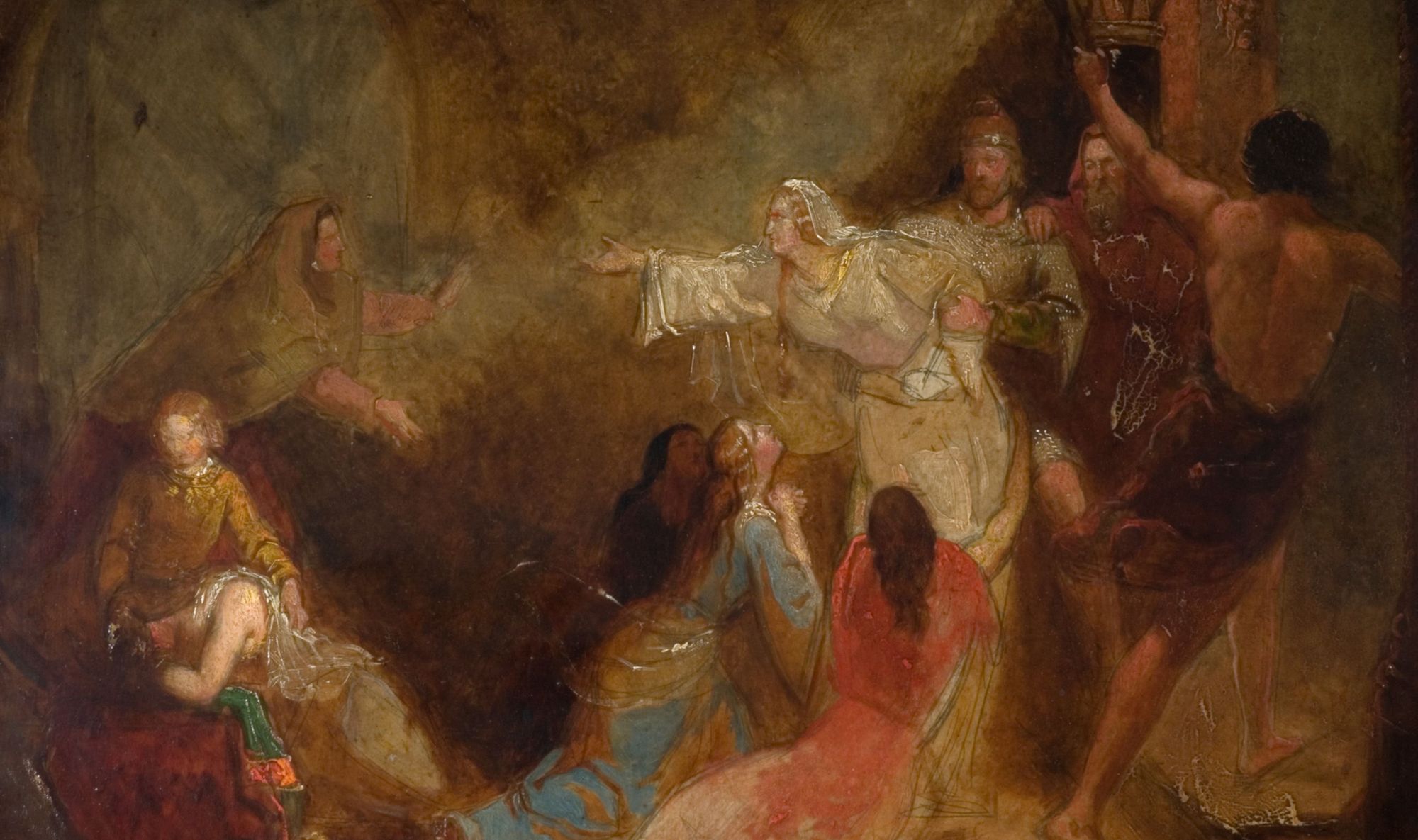The Anglo Norman Period (1066 CE- 1300 CE): Historical Background

The Anglo Norman period marked the end of the Germanic Saxon rule in England. On 14th October, 1066 CE, William the Conqueror won the Battle of Hastings and became the first Norman King of England. The Norman conquest brought significant changes to English literature and language:
- England became a trilingual country during the Anglo Norman period. Norman French substituted English as the language of the court and high aristocracy. Only educated clergy spoke and wrote in Latin, and English belonged to the masses and the ruled.
- Aristocratic taste for forms and tropes of French literature replaced the Heroic poetry and alliterative verses that were so particular to the Germanic sensibilities during the Anglo Saxon period. This was the period of courtly romances and chivalry.
- The English language that was till now influenced by the Germanic tribes was significantly affected in spellings, literary expression, and vocabulary by Norman French
What marked the beginning of the Anglo Norman period? Why did the Norman Conquest take place? This blog gives an overview of the historical background to the Anglo Norman period to help us understand the literature of the period better.
The Anglo Norman Conquest: Developments
I. Vikings in France.
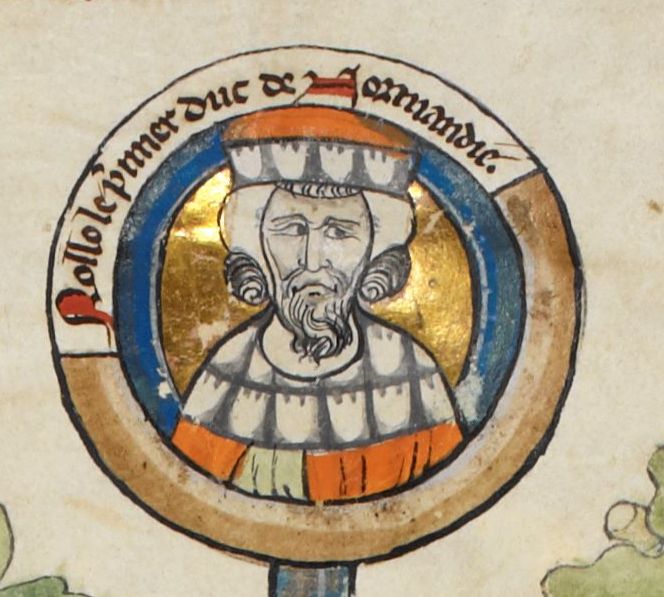
During the year 911 CE, Vikings were attacking and raiding throughout Europe. The French king Charles III (also known as Charles the Simple or Straightforward) made a deal with the Vikings leader King Rollo, and gave him Normandy, a part of his French Kingdom, in the treaty of Saint-Clair-sur-Epte. Through this treaty, Charles III wanted to prevent any further attacks on his kingdom. Thus, King Rollo became the first viking ruler of Normandy. Vikings adapted to the French language, culture and also embraced Christianity as their religion.
II. Alliance between the Anglo Saxons and the Normans.
While Charles III was able to pacify the Vikings attacks, England was still dealing with their raids. King Aethelred had married the great-granddaughter of Rollo, Emma in 991 CE. This established a strong relationship between the Anglo Saxons and the Normans. It was due to this strong alliance that the Anglo Saxons were able to flee and stay in Normandy for three decades when Vikings attacks became increasingly aggressive and frequent in England.
III. The Conflict between the Normans and the Anglo Saxons
In 1066 CE, the Anglo Saxon king Edward the Confessor (1042-1066) died without a legitimate heir. As a result, the Anglo Saxon parliament also known as witenagemot declared Harold Godwinson or Harold II as the next king of England. He also became the first English king to be crowned at the Westminster Abbey. However, this decision of the council was not welcomed by everyone.
In Norway, Harold III or Harald Hardrada considered himself to be the rightful king of the English throne. Interestingly, his claim was not without reason and was based on a deal between the Danish Anglo-Saxon king Harthacanute (1040-1042) and the former Norwegian king Magnus.
On the other hand, just like Harold III, the Duke of Normandy, William I also saw himself at the rightful king of England. His claim was founded upon Aethelred's marriage to Norman Emma that had formed an alliance between the Anglo Saxons and the Normans. With Harold Godwinson ascending the English throne, the alliance between the Normans and the Anglo Saxons was negatively impacted.
The Battle of Stamford Bridge- 25th September 1066 CE
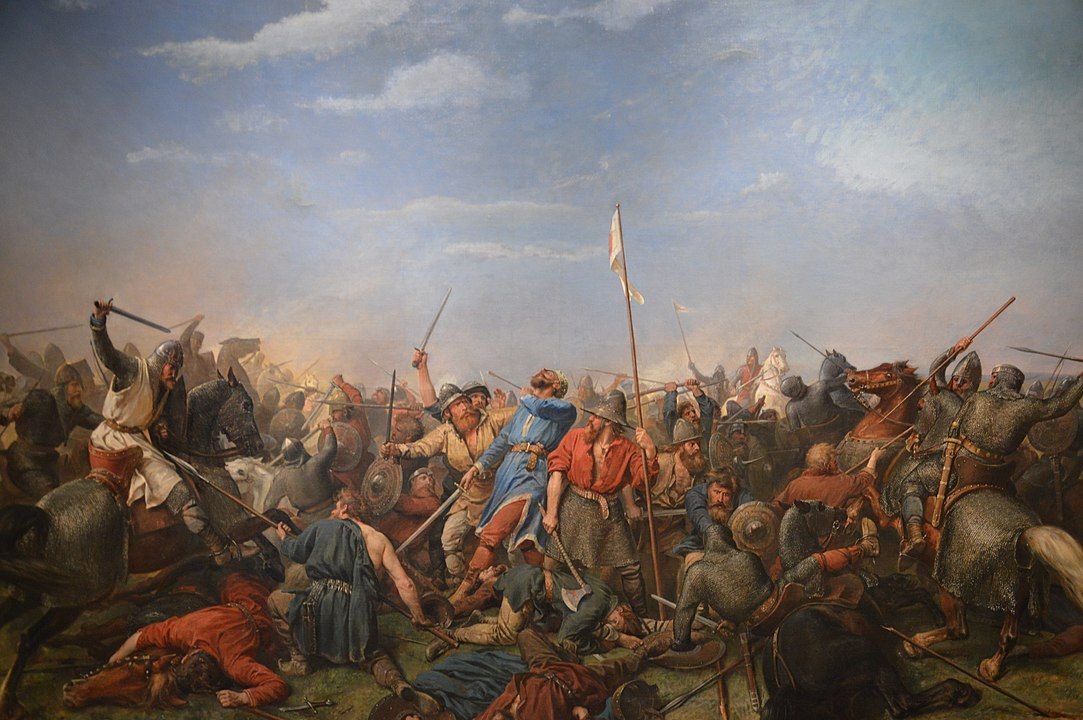
In Order to claim the English throne, Norwegian Harald Hardrada attacked Harold Godwinson in the battle of Stamford Bridge. The English army defeated the Norwegians in a fierce battle. The battle of Stamford Bridge also marked the end of the age of the Vikings raids. Consequently, the English army was significantly depleted and exhausted - a factor that would later cost them dearly.
The Battle of Hastings - 14th October 1066 CE
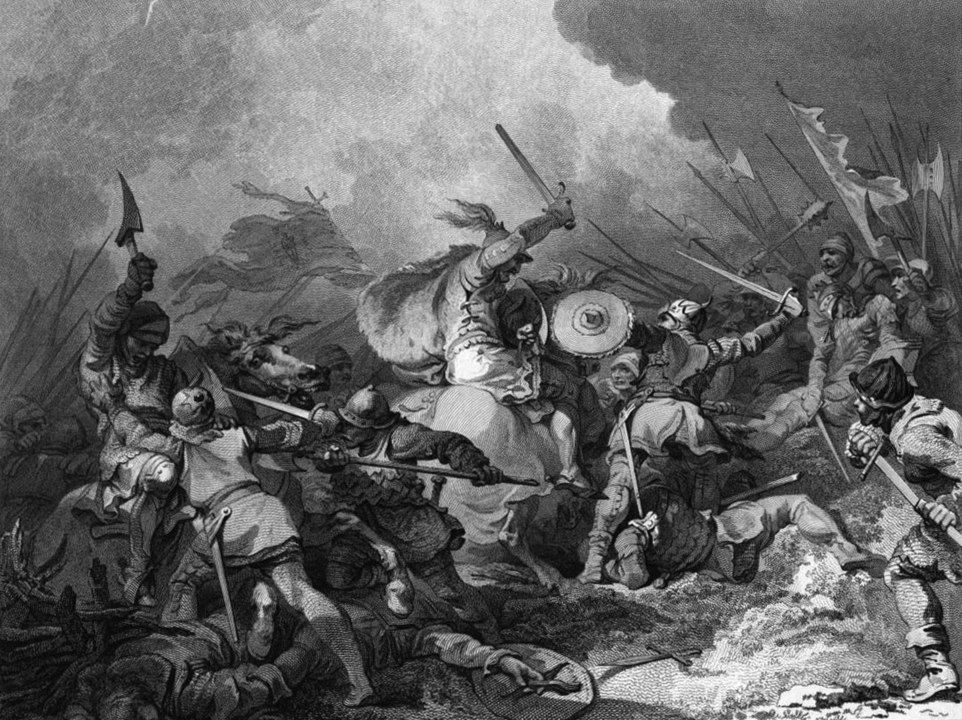
The Normans under the leadership of William the Conqueror had aimed to attack Harold Godwinson earlier but had been unable to do so due to bad weather. This proved to be a blessing in disguise for the Normans as the Battle of Stamford Bridge had already fatigued and depleted the English army and had made them an easier target to attack. Six Hundred ships and Seven Thousand men assembled from France and Germany to attack a vulnerable English army.
On the 14th of October, 1066 CE , the Battle of Hastings began at Senlac Hill. Despite being extraordinary fierce and almost driving the Norman army, the Anglo Saxons were ultimately defeated. As a result, William I ( also known as William the Conqueror) was crowned the first Norman king of England on 25th December 1066. This marked the beginning of the Anglo Norman period.
List of Kings during the Anglo Norman period (1066 - 1327)
Below is a list of Kings who ruled the English throne during the Anglo Norman period.
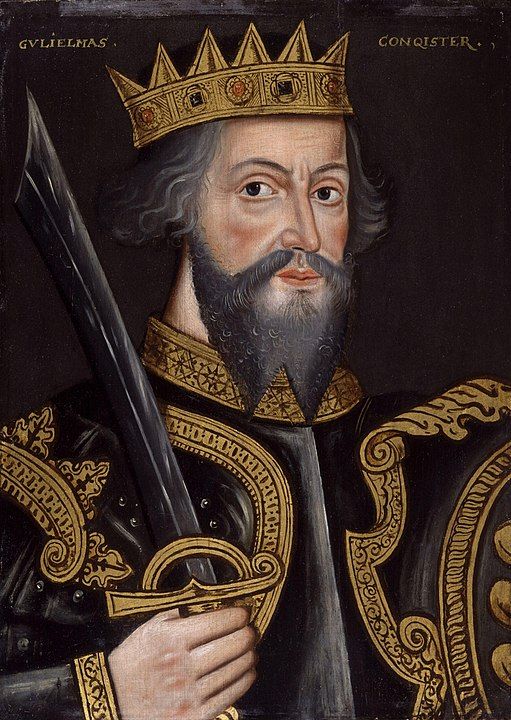
- William I or William the Conqueror (1066-1087) : The very first Norman king of England. He was also known as William the Bastard. It was him who began the Domesday Survey to document all the property and material possessions his kingdom contained.
- William II or William Rufus (1087-1100): An unpopular and cruel king who was killed while hunting. He was never married.
- Henry I or Henry Beauclerc (1100-1135): He was the fourth son of William I and was popularly known as the 'Lion of Justice' for providing England with good laws. His daughter Matilda became his successor. She was married to Geoffrey Plantagenet.
- Stephen (1135-1154): Being a woman, Matilda did not succeed the English throne after Henry I's death. Stephen was a legitimate grandson but a weak ruler. During his reign, England was constantly raided and attacked by the Scots and the Welsh. It was also during Stephen's rule that Matilda invaded from Anjou in a civil war called the Anarchy. The war ended with the Treaty of Westminster according to which Matilda's son Henry was named the next king of England.
The Plantagenet Kings of England
The following Plantagenet Kings ruled England during the Anglo Norman period.
- Henry II (1154-1189): Henry II was Matilda's son. He was a capable ruler and a brilliant soldier who ruled most regions of France. He also laid the foundation of the English jury system. It was Henry II who had a feud with Thomas Becket over the rights of the Church, which eventually led to Becket's murder by Henry's followers.
- Richard I (1189-1199): Also known as 'Lionheart', Richard I was the third son of Henry II. He rarely stayed in England and spent most of his time and country's money of foreign military ventures. Richard I died without any children.
- John (1199-1216): He is often termed as the worst king of England. While Richard I was the third son, John was the fourth son of Henry II. He was a cruel king notorious for raising taxes till the whole nation united against it.
- Henry III (1216-1272): Ascended the English at the young age of 9 years. He was a religious man who devoted his life to religion, art, and learning.
Kings of Wales and England in the Anglo Norman Period
- Edward I or Edward Longshanks (1272-1307) : He was also known as the Hammer of the Scots. He wanted to unify Britain and was married to Eleanor.
- Edward II (1307-1327) : He was a weak ruler and an incompetent soldier who was defeated by the Scots at the Battle of Bannockburn in 1314. He was deposed in 1327 and was succeeded by Edward III.
The Norman conquest marked the beginning of the Anglo Norman period. While the Anglo Norman period transformed the Anglo Saxon literature, the Norman conquest did not bring about dramatic social changes. The Normans respected English institutions, cultures, and customs and even considered themselves as English. The Anglo Norman period exposed England to a more international European culture that was at the time being dominated by French literature and sensibilities.
References:
“How the Normans Changed the History of Europe - Mark Robinson.” Www.youtube.com, www.youtube.com/watch?v=Owf5Uq4oFps&ab_channel=TED-Ed.
Sanders, Andrew. The Short Oxford History of English Literature. Oxford ; New York, Oxford University Press, 2004
Johnson, Ben. “Kings and Queens of England & Britain - Historic UK.” Historic UK, 2017, www.historic-uk.com/HistoryUK/KingsQueensofBritain/.
Read More
